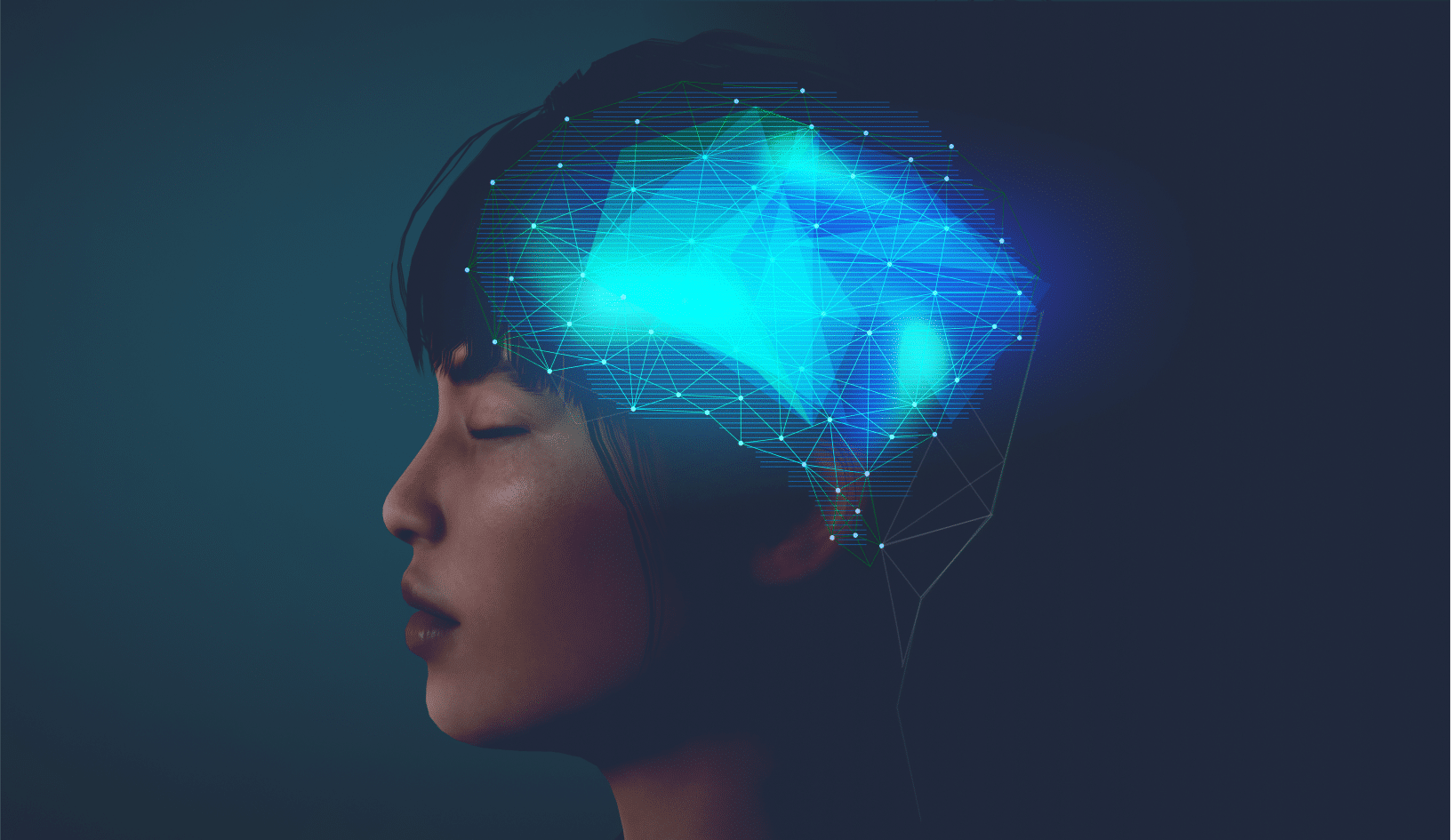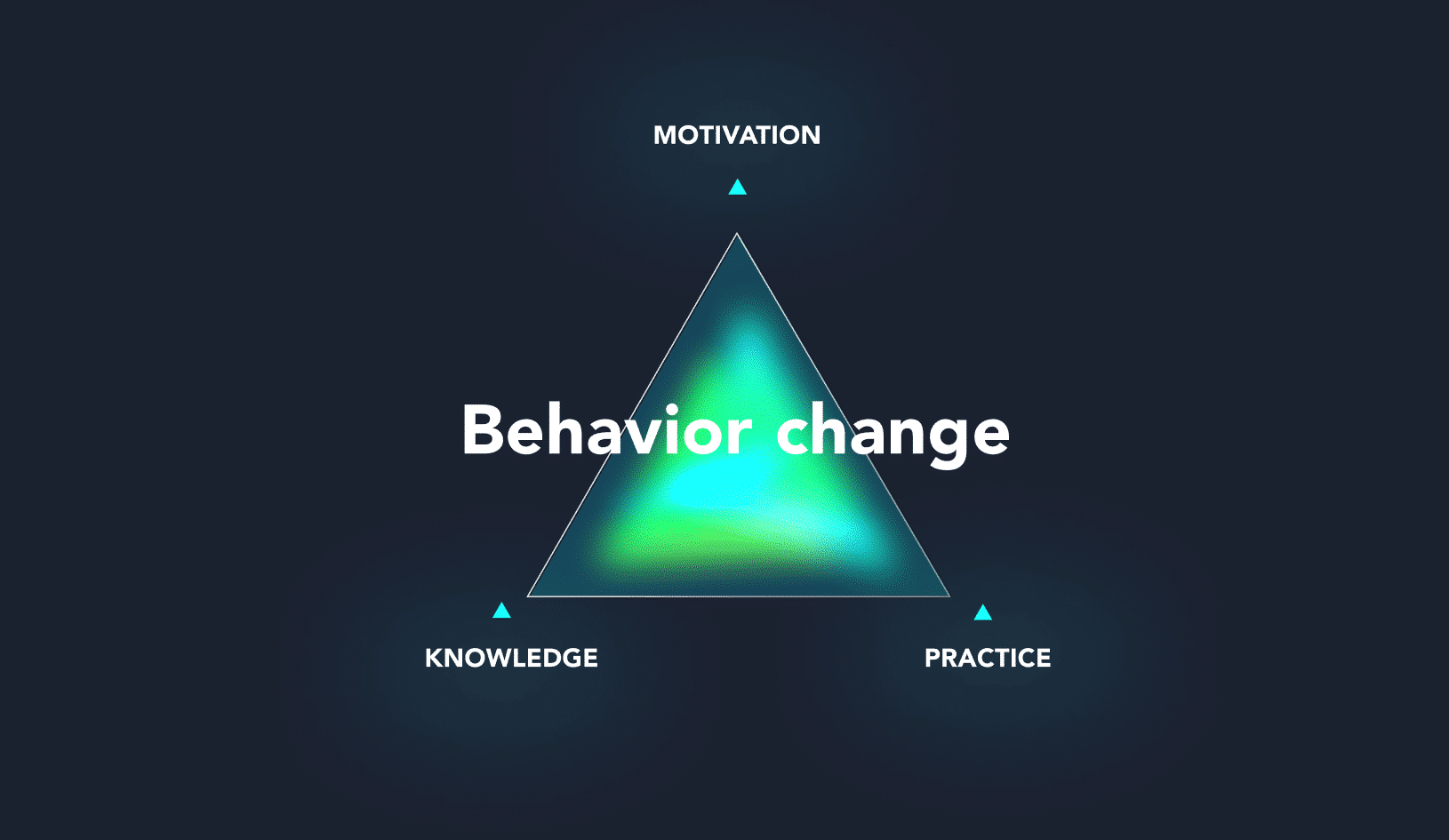The psychology of behavioral change
Attensi implements the COM-B model of behavioral change, which carries over 5,000 academic citations on effective behavioral change intervention¹. In this model, any behavioral change intervention needs to be effective across three areas:
- Capability: Do you have what you need to change your behavior – the knowledge required to act? (If you’re learning to play tennis, do you know the rules?)
- Opportunity: Do you have a chance to practice the desired behavior? (If you’re learning to play tennis, do you have access to a tennis court and the time to use it?)
- Motivation: Easily overlooked, and arguably the most important – do you want to change your behavior? (Do you want to learn to play tennis?)
At Attensi, we use gamification to as an effective tool for behavioral change interventions, built on the bedrock of sound science. Games and game mechanics are uniquely potent across all three parts of the COM-B model of behavioral change.
The inherent ‘stickiness’ of games supports knowledge retention – the capability to change. Our simulated situations offer people unlimited opportunities to practice their behaviors. Beyond points and leaderboards, the immersive narratives and multidimensional feedback build a lasting sense of motivation in learners.

How does gamified training and game-based solutions leverage several mechanisms that contribute to behavioral change?
Games are powerful tools for reshaping the way we think, act, and see the world.
They create safe spaces where the freedom to fail is part of the fun, where picking yourself up to try again is part of the design, and where learning happens in its most natural form. Simply act and see what happens next.
Gamification in training is often thought of as just points, badges, and leaderboards. These are important (we use them), but there’s more to it than that.
At Attensi, our game-based learning combines game mechanics, psychology, and technology to drive lasting behavioral change at scale.







